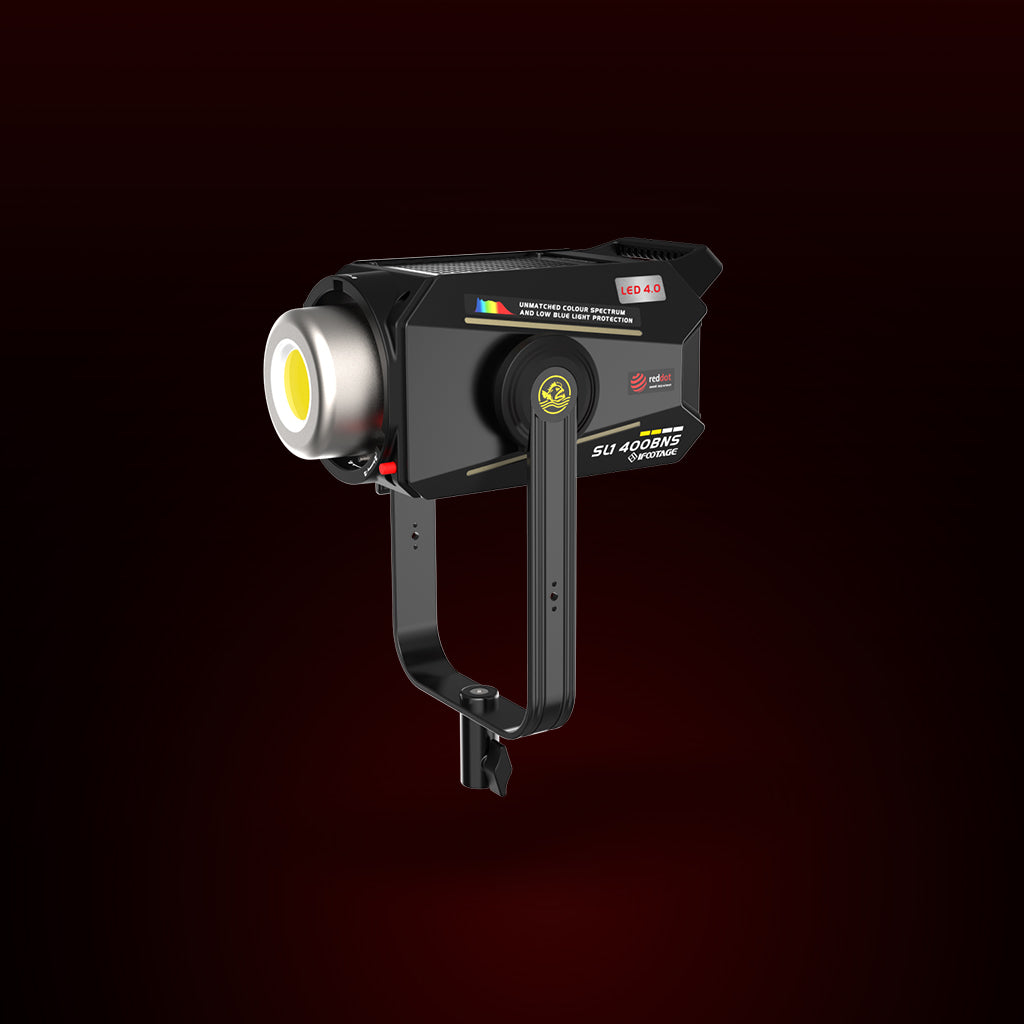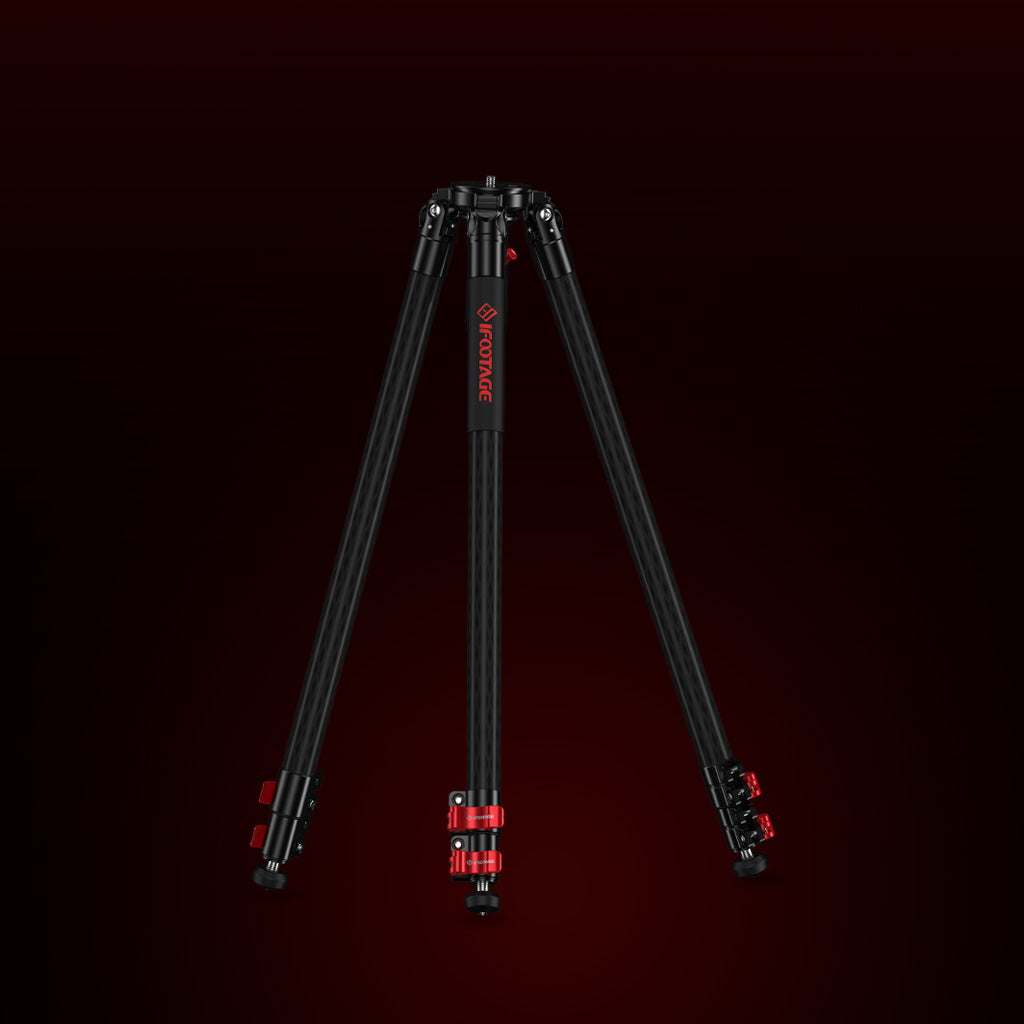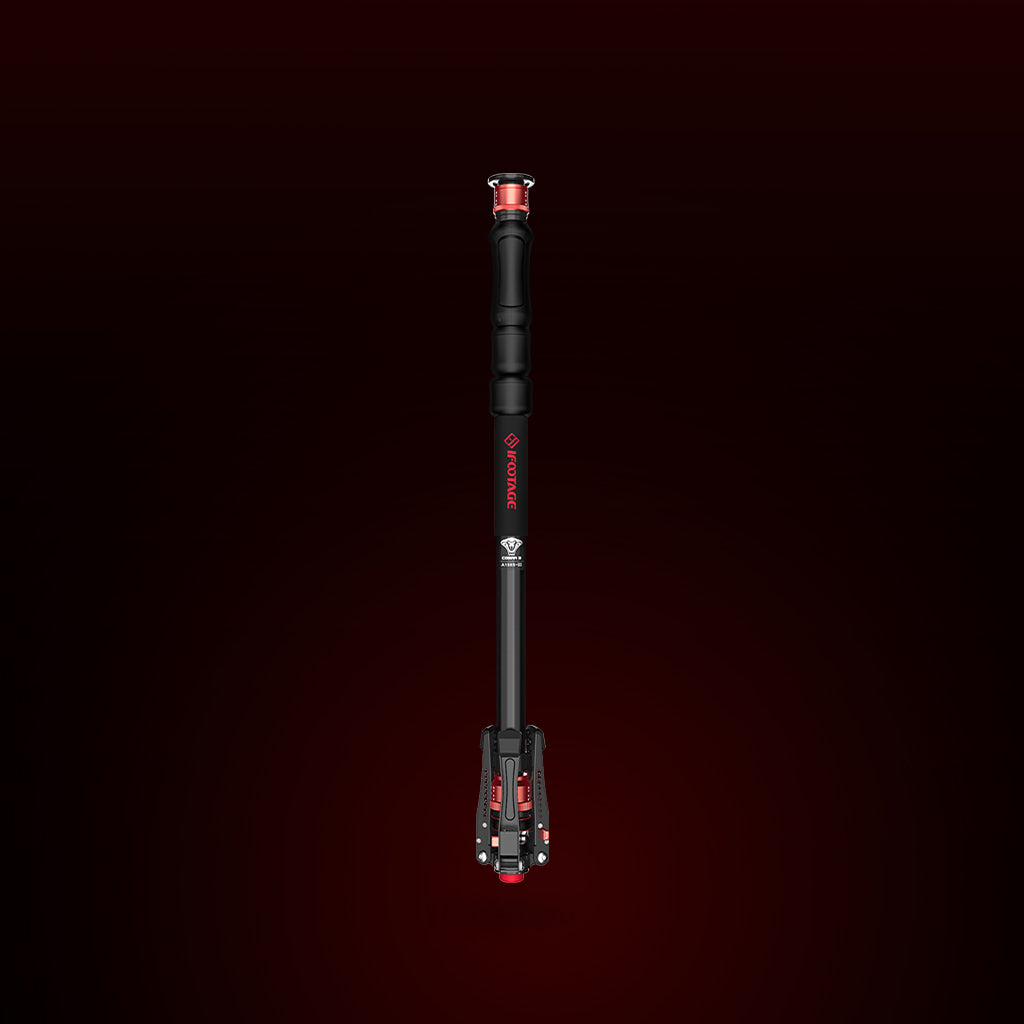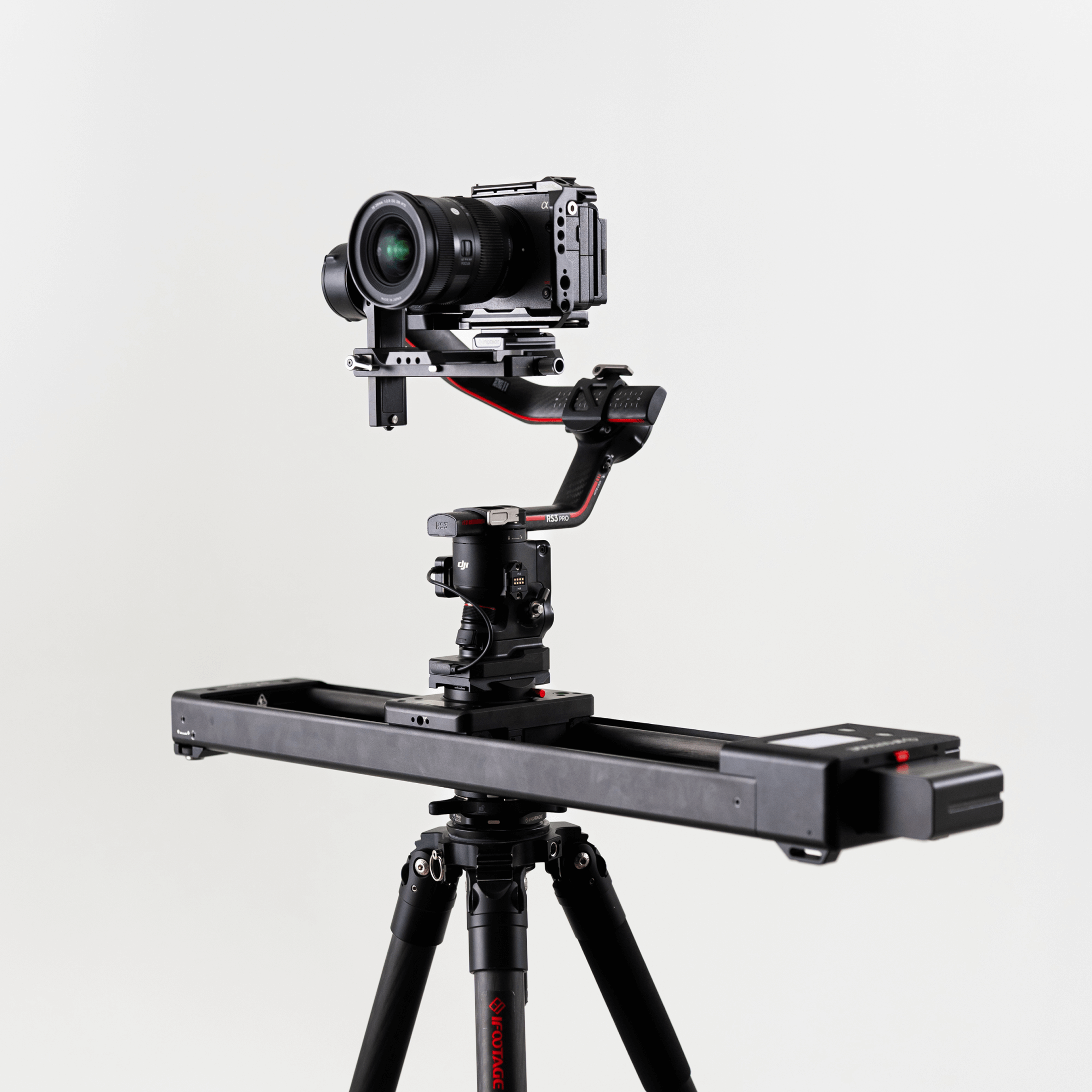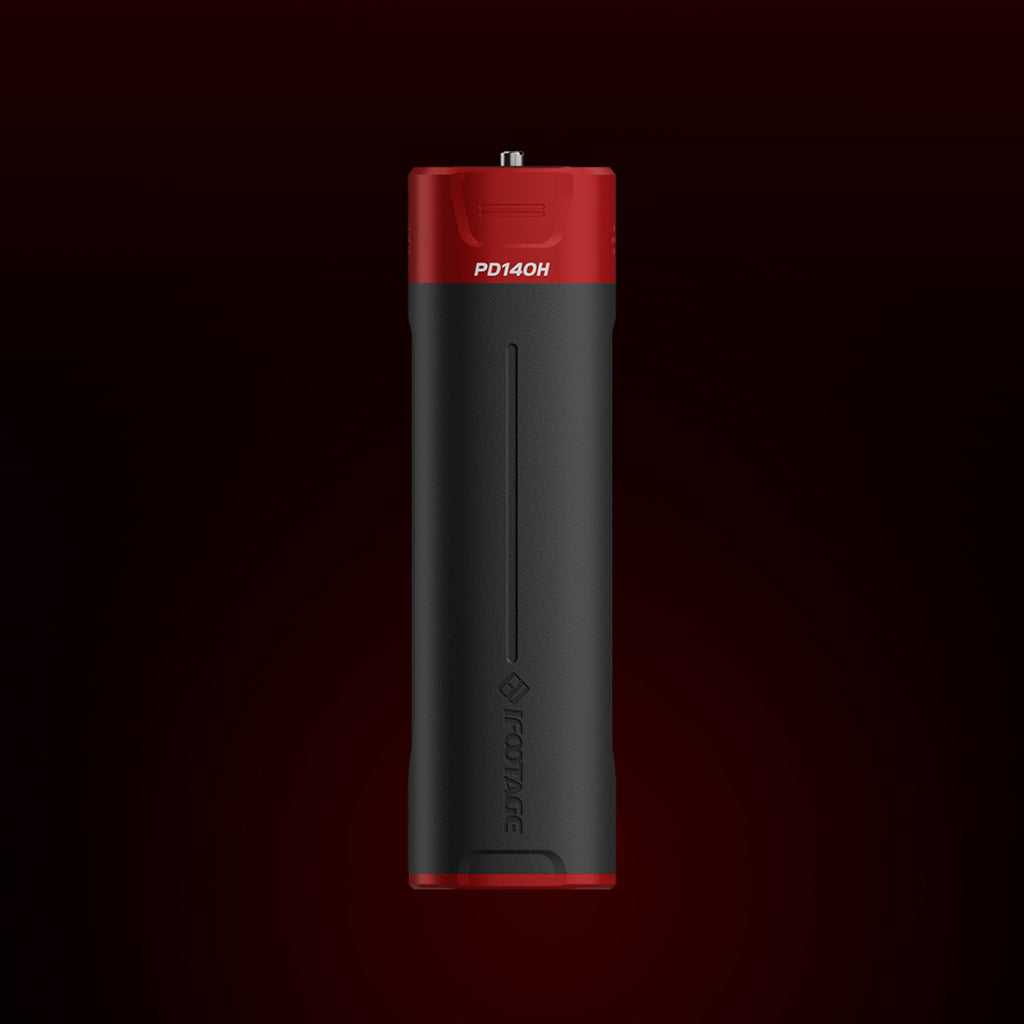10 Essential tips for filming great interviews

The video interview is a creative genre in its own right subject to a variety of styles and techniques within planning, set up, recording and editing, all with the same goal or objective. We have put our heads together and come up with our ten top tips for carrying out interviews based on our own experience of conducting them in numerous interior and exterior locations and with a range of contributors from celebrity chefs to CEOs.
Tip 1:
Plan ahead as much as possible eg purpose of the interview, list of relevant questions, contributors, locations, times, dates, kit list, remote recce, logistics (inc transport and parking), permissions and risk assessment.
Tip 2:
Make sure you use a decent tripod or monopod so that you have a rock steady image that isn’t going to cause viewers to feel nauseous when they watch it wobbling all over the place!
Tip 3:
Be creative and decisive about your shot composition and lighting. Ensure you use the ‘rule of thirds’ with your contributor looking into frame directly at the interviewer who is most likely out of frame.
Tip 4:
Ensure that you use a decent microphone, either a tie clip mic (also known as a lavalier mic) and tuck the cable out of sight or use a rifle mic on a boom pole. The tie clip mic is more useful if there is a lot of background noise. – but remember if you can still pick up background noise, you will not be able to remove it later. Always carry spare batteries and spare mics….just in case! Use earphones or headphones to monitor the sound as well as using the audio readings on the camera. Test both sound and visuals and playback before the interview.
Tip 5:
Relax your contributor. Talk to them about what you’re doing, introduce the kit, yourself and the crew. Make sure they feel physically and mentally comfortable. If possible, do a dry run, going through all the questions as you would if you were recording. Frequently it’s actually worth recording this without telling them…. it's sometimes the best recording as your contributor may be less nervous. Do tell them later however!
Tip 6:
Keep a written record of your recording and the answers you liked and why including the time-codes. Your editor will thank you later!
Tip 7:
Depending upon your interview set up and style, ensure that you have recorded any necessary B roll such as the interviewer asking questions, nodding shots, hands on lap, over the shoulder shots etc.
Tip 8:
Playback some of the recording prior to your contributor leaving – show them some of the material and make sure you have the correct spelling for their name and title. You may also require signed ‘release’ or release to camera. Show your appreciation and thank them for their contribution.
Tip 9:
Transfer your recordings from data storage (eg SD card within the camera) to other, safer, storage files (hard drives or cloud). Retain the data on the original cards until you are satisfied that you have successfully transfered the recordings .
Tip 10:
If conducting multiple interviews, ensure good quality data and version control by naming files and folders clearly and create a back up as soon as possible….just in case. Again, your editor will love you for it!
You may have noticed that the largest section within the 10 tips is the very first one. This is simply because with successful interviews it is generally 'all in the planning'. Get that right and the remainder usually falls into place.
Image credit @firewoodpictures

